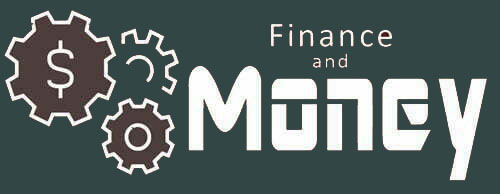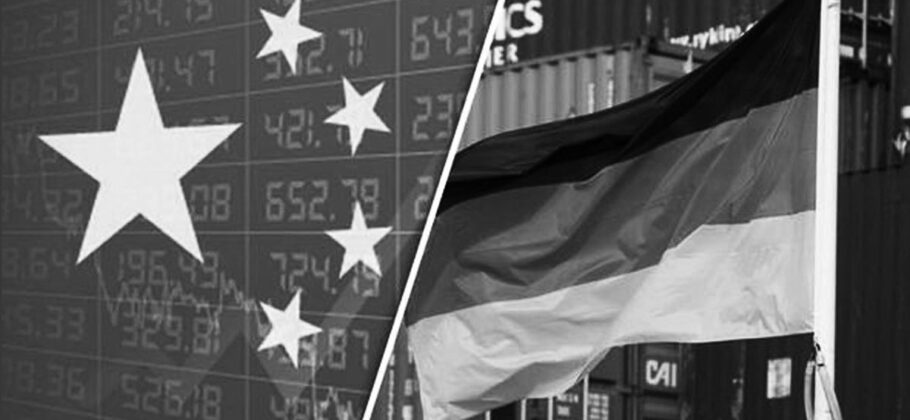Chinese exporters have redirected significant volumes away from the United States and into Europe, especially Germany, after U.S. tariffs reshaped global trade flows. A study by Germany’s Institute for Employment Research (IAB) found that in the first seven months of 2025, German imports from China rose 10.5% to €97.6 billion while overall German imports grew 4.9%. From October to June, copper imports from China jumped 91%, apparel 24%, and toys, games and sporting goods 12%. “We have not yet been flooded with Chinese goods across the board,” said IAB’s Enzo Weber. “However, there are some product groups where noticeable effects can be seen.” As U.S. tariffs bit, consulting firm Aevean reported that Chinese e-commerce shipments to the U.S. fell 43% year over year in May, pushing suppliers to offload in Europe where “domestic consumers then have to pay less,” Weber added.
The IAB provided the fresh Germany-focused analysis using German statistics office data. The European Central Bank examined the earlier waves of U.S. tariffs and concluded that restrictions “led to a statistically significant increase of 2%–3% in euro area imports from China,” with tariff-hit Chinese goods diverted from the U.S. to the euro area and to Asian neighbors. Academic work by Liugang Sheng, Huasheng Song, and Xueqian Zheng found Chinese firms pursued a “Vertical Trade Diversion” strategy, redirecting higher-quality goods to lower-income countries, upgrading quality and even raising export prices in some of those markets.
How China gains by redirecting goods
Diversion protects China’s overall export volumes. The ECB’s sector-level model shows U.S. restrictions dampened Chinese exports to the U.S. but were offset by redirection to the euro area and South and Southeast Asia. The academic study reports that moving “down the quality ladder of destinations” helps Chinese exporters avoid fierce competition in rich markets while cutting penetration costs in poorer ones, with quality upgrades supporting prices.
How Germany benefits
German consumers and some import-reliant businesses benefit from cheaper or more plentiful goods. As Weber put it, “Goods can be sourced more cheaply because of supply increases due to products that are no longer being sold in the U.S. … Domestic consumers then have to pay less.” The IAB cautions, however, that intensified price competition could squeeze margins in sectors where Chinese producers enjoy structural cost advantages.
Which other countries are likely benefiting
The ECB highlights the euro area broadly as a destination for redirected Chinese exports, and notes particularly strong redirection to South and Southeast Asia. France 24’s reporting underscores Europe’s exposure, with analysts warning of “new trade routes and more complex international supply chains” as companies reroute Chinese goods to avoid U.S. tariffs. French officials flagged vulnerable industries such as steel, aluminum, solar panels, chemicals, and vehicle parts.
The sources describe the policy stance through the measures already in place. The U.S. introduced numerous tariff and non-tariff actions on Chinese goods starting in 2018, raising the effective tariff rate by almost 18 percentage points and prompting a sharp drop in China’s U.S. market share. Aevean’s data on the 43% plunge in Chinese e-commerce shipments in May reflects the immediate impact U.S. measures are having on direct flows.
European leaders are openly weighing the knock-on effects. President Emmanuel Macron warned that “there’s a potential risk that some of these products will be diverted, which will clearly affect our economies and unbalance certain sectors and markets,” urging the EU to guard against “flows from third countries.” European Commission President Ursula von der Leyen stressed “China’s critical role in addressing possible trade diversion caused by tariffs, especially in sectors already affected by global overcapacity.” Analysts quoted by France 24 cautioned that a surge of low-priced Chinese goods could undermine struggling European industries, though some economists noted possible compensating effects in U.S.-EU trade patterns.
The evidence across the IAB, ECB, and academic studies shows diversion toward Europe and parts of Asia when U.S. barriers rise. France 24’s analysis adds that countries may respond with protective steps when diversion strains domestic industries. In light of these findings, one likely U.S. focus would be policies that directly address diversion channels rather than only the original source, mirroring the broader international discussion about reacting to trade rerouting and its sector-by-sector pressures.
FAM Editor: Germany has had a great many setbacks, mostly because of its idiotic strategies on energy. Gaining an advantage this way seems a bit pathetic to me. They desperately need a new government.





